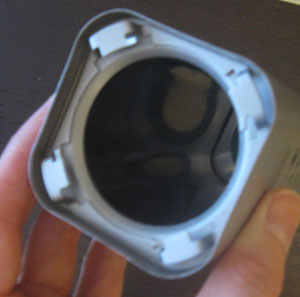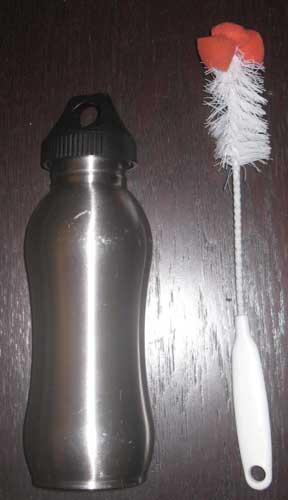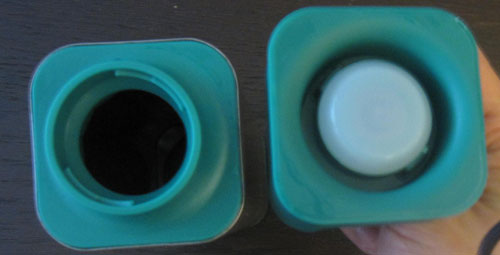In an area where medium distance train travel is uncommon, the Vancouver, BC to Seattle, Washington Amtrak train is a refreshing — and arguably the most relaxing — way to travel.
The Amtrak Cascades route actually goes beyond Seattle, with a stop in Portland and ending in Eugene, Oregon. I’ve only taken it between Vancouver and Seattle.
Schedule and route
Amtrak Cascades runs 7 days a week. The journey between Vancouver and Seattle takes about 4.5 hours on the train, compared to 3.5 hours on the bus and 2.5 hours by car (excluding border line-ups).
Going south, the train leaves downtown Vancouver at 6:40am or 5:45pm at the Pacific Train Station, which is 1 block from the Main Street / Science World SkyTrain station. You are supposed to be at the station at least 30 minutes beforehand to check in. If you are taking the SkyTrain to get there, note that on weekends, the Expo and Millenium Line SkyTrain routes do not run early enough to take you there for the morning departure; the Canada Line between Richmond and Vancouver starts running at about 5am every day, so that will take you most of the way there.
There are no stops between Vancouver and Bellingham, Washington; therefore, if you live south of Vancouver, to get to the train station you have to travel in the opposite direction of where you want to go. If you know the Metro Vancouver area, the train takes a rather meandering route through North Burnaby, New Westminster, Surrey, and Delta, and takes about 1 hour to get to the US-Canada Peach Arch border crossing.
Going north, the train leaves downtown Seattle (King Street Station) at 7:40am or 6:50pm.
Cost
As of January 2013, it is $58-$100 for a regular price round trip coach / economy seat per person between Vancouver and Seattle. There are a few discounts fares, such as a 10% AAA / BCAA / CAA discount, as well as periodic sales.
Depending on how you do the calculation, the cost of taking the train is equivalent to gas and operating costs for 2 people if you own a car. You can of course also take the bus, which is faster but not as comfortable or scenic!
Customs
A benefit of the train is that you do not have to worry about getting stuck in a border line-up or traffic. You don’t even have to disembark the train at the border to go through customs. Going south, customs agents board the train and visit each passenger at their seats. Going north, you have to clear customs when you arrive at the station in Vancouver.
General comfort
The route is comfortable and scenic. It is mostly forested, with fields, water, and some highway. Of course, you get the general benefits of being on a train instead of on a bus or in a car: you can get up, walk around and stretch, and go to the bathroom. You don’t have to worry about driving stress or potential car issues.
There is free WiFi and power outlets so, if needed to make up for the longer journey, you can be productive. (Hopefully, however, you can enjoy the scene outside the window!) The Internet connection is more than adequate for e-mail and general browsing. I have not used it continuously throughout the trip, but I did not notice any outages. I wouldn’t suggest using the connection for voice calls or videos (YouTube is blocked), but I was able to check in code and connect to servers. The train is not too fast or shaky. I am generally only mildly susceptible to motion sickness, and did not have any trouble reading.
There is a cafe on board with tea, coffee, other drinks, and some mediocre food.
You can store your bags in the seating areas or you can check in up to 3 bags.
Other notes
There is a business class section of the train, where 1-way fare is $10-$20 more expensive. In addition to bigger seats and a less crowded train car, you get free newspapers, $3 off food, and priority boarding and disembarking. In my opinion, coach class is adequate.
Consider buying Amtrak Guest Rewards points and paying for your trip with points. It can often be cheaper.
Lastly, mudslides are common in the winter. Because it rains so much in this area, large sections of the track are often closed for several days. I’ve taken the train twice in December and both times mudslides disrupted service. Thankfully, and probably because this happens often, Amtrak does have a good, well-organized bus backup service. It will take you part of the way if trains are still running further along the route, and all of the way if necessary.








 keung.biz. Hire my web consulting services at
keung.biz. Hire my web consulting services at  Follow us on Twitter
Follow us on Twitter

